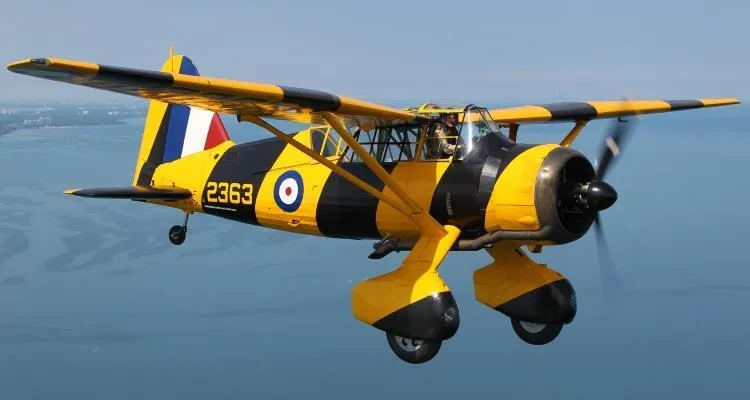Clapham, William Roy
Killed in Action 1940-05-28
Service
RAF
Unit
16 Sqn- Squadron (RAF)
Operta Aperta Hidden things are revealed
Base
RAF Lympne Kent
Rank
Flight Lieutenant
Position
Flight Lieutenant
Service Numbers
25077
First Burial
 Secret Location Near Crash Site
Secret Location Near Crash Site
Lysander Mk II P-1720 KJ-R was hit by ground fire outside St.Momelin, France during a Tactical Reconnaissance mission at low level, and crashed near Longuenesse, 5 km north of St. Omer, France.
Pilot, Flight Lieutenant W R Clapham MiD RAF(Canadian) and Air Gunner, Sergeant R E Brown RAF were killed.
The bodies of both Flight Lieutenant Clapham and Sergeant Brown were recovered and buried in a secret location by local residents, exhumed after the war and re-buried at Longuenesse (St Omer) Souvenir Cemetery, France
Detail from https://aviation-safety.net/wikibase/228426Memorial at Royal Memorial Chapel, RMA Sandhurst, Camberley, Surrey Heath Borough, Surrey, UK.
Westland Lysander

Canadian Warplane Heritage Museum
Westland Aircraft of Yeovil, UK, started to design an Army Cooperation aircraft for the British Air Ministry, in June 1935. The first Lysander flew a year later and demonstrated a remarkable short field performance that today would be seen in a STOL aircraft. At the outbreak of war in September 1939, seven RAF squadrons equipped with Lysanders were sent to France in support of the British Army. In May-June 1940, 118 Lysanders were destroyed in action and 120 aircrew were killed or taken prisoner. These severe losses showed that the old ideas about army support aircraft were out of date and the future lay in fighters like the Hurricane.
The most daring use of Lysanders in WW II was with the Special Operations Executive, which supported the Resistance in German occupied France and Belgium, by flying in agents and picking up escapees. It was during these night operations, that the Lysander came into its own, using its remarkable STOL capabilities to fly into the small fields marked out by the Resistance.
The first Canadian built Lysanders rolled out of National Steel Car factory at Malton, Ontario in September 1939 and later were delivered to RCAF No. 110 (Army Co-operation) Squadron at Rockcliffe, Ontario. In February 1940, No. 110 became the first RCAF squadron to be ordered overseas to Britain, becoming No. 400 Sqn..
By late 1941, most Canadian built Lysanders had been transferred to the British Commonwealth Air Training Plan (BCATP), where they were used for target towing at gunnery training schools. National Steel Car, which became Victory Aircraft, stopped building Lysanders in September 1942, as it started to gear up to manufacture Lancaster bombers. 1,652 Lysanders were built between 1938 and 1943; 225 of them in Canada. Lysanders served with the RAF, RCAF and the RAAF, as well as the air forces of seven other nations.Canadian Warplane Heritage Museum



 Commonwealth War Graves Commission
Commonwealth War Graves Commission www.findagrave.com
www.findagrave.com Library and Archives Canada Service Files (may not exist)
Library and Archives Canada Service Files (may not exist) Lysander
Lysander Wikipedia Lysander
Wikipedia Lysander Harold A Skaarup Web Page
Harold A Skaarup Web Page Lysander - Kestrel Publications
Lysander - Kestrel Publications